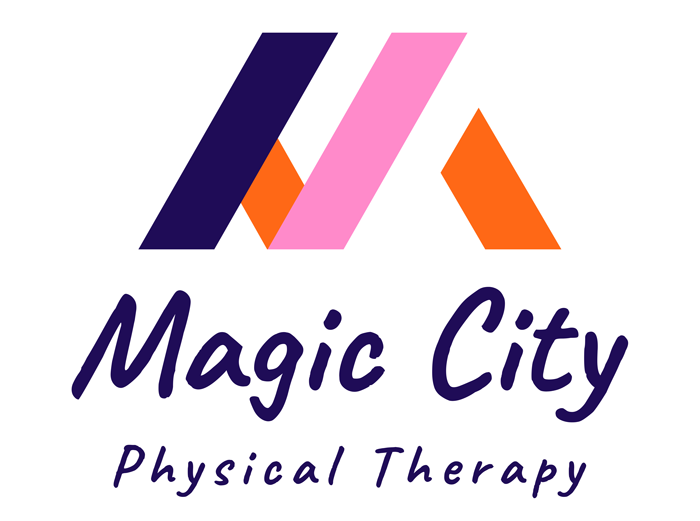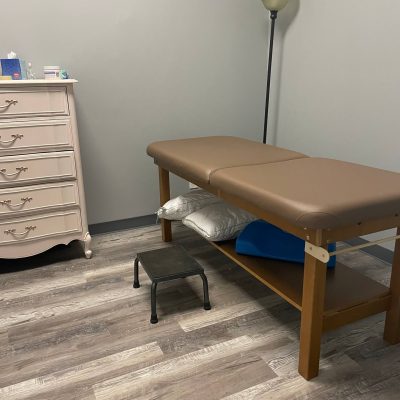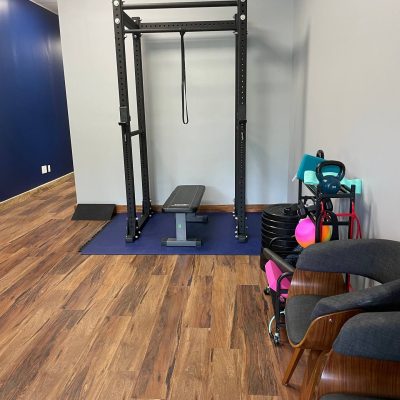When a child is struggling with bowel or bladder dysfunction—whether it’s chronic constipation, encopresis (fecal leakage), enuresis (bedwetting), or urinary incontinence—the path to improvement often feels daunting for both the child and their caregivers. Understandably, families want to see results quickly, and many are surprised to learn that a more intensive schedule—such as two to three sessions per week—can make a significant difference in both outcomes and timelines.
Let’s break down why a more frequent approach, often referred to as intensive pediatric pelvic floor therapy, can be so effective, and how this model supports lasting success for children and their families.
What Is Intensive Pediatric Pelvic Floor Therapy?
Intensive therapy means more than just “more visits.” It’s a targeted, structured plan that includes increased session frequency over a short period of time—usually during a break from school like summer vacation or winter break—combined with a personalized home program and close family involvement. This approach allows for quicker learning, faster progress, and improved carryover of new habits and routines.
Children seen in an intensive format may be scheduled for visits 2–3 times per week for a few weeks, gradually tapering to weekly or biweekly as improvements are made. This model is particularly helpful for children who:
- Have long-standing symptoms with little success from past treatments
- Are newly motivated or just starting care and want to “jump-start” their progress
- Are experiencing worsening symptoms
- Are only available for care during a limited time frame (such as summer break)
Why Frequency Matters: The Science and Logic Behind It
In pediatric pelvic floor therapy, we are often helping children build awareness of their pelvic floor muscles, relearn appropriate voiding and defecation patterns, and establish consistent routines that support healthy elimination. This involves a combination of:
- Education (child-friendly explanations about how the bladder and bowel work)
- Biofeedback or muscle retraining
- Core and postural strengthening
- Breath and body awareness
- Toilet positioning and behavioral strategies
- Nutrition and hydration coaching
- Routine-building and accountability
Like learning any new skill—whether it’s riding a bike, playing an instrument, or swimming—frequent practice and repetition are critical. With more frequent visits, we’re able to reinforce key concepts while they’re still fresh, catch and correct compensations early, and build momentum that can be hard to maintain with longer gaps between sessions.
Additionally, with more frequent check-ins, therapists can tailor the home program more dynamically. As the child progresses, we can update the plan to match their changing needs. This keeps therapy feeling fresh, effective, and engaging.
The Motivation Boost
A huge part of successful therapy is buy-in—both from the child and their caregivers. When children start to see early wins—less leakage, fewer accidents, less belly pain—they feel empowered. Intensive visits often mean we get to those “aha” moments faster. This motivates kids to stick with their exercises and routines, and parents to stay consistent with home strategies.
Frequent sessions also give parents the chance to ask questions, troubleshoot concerns, and feel supported throughout the process. Families don’t have to wait a full week to figure out if a new strategy is working—they can get immediate feedback and adjust accordingly.
Family-Centered, Not Overwhelming
At first glance, more visits might seem overwhelming. But in many cases, intensive therapy can shorten the overall duration of care. Rather than stretching therapy out over many months with slow, intermittent progress, we often see faster gains in a condensed timeline.
We also tailor every program to the child’s energy level, family’s schedule, and overall needs. Sessions are typically fun and age-appropriate. We blend movement, play, and education in a way that supports learning without exhausting the child—or the parent.
And when school’s out for summer or other breaks, it can be the perfect time to invest in a focused burst of therapy that won’t compete with homework, extracurriculars, or classroom routines.
Who Benefits the Most from an Intensive Approach?
Children who may benefit from intensive therapy include those with:
- Chronic constipation and/or painful bowel movements
- Fecal or urinary leakage beyond expected age
- Daytime urinary incontinence
- Nighttime bedwetting (especially beyond age 7)
- History of recurrent UTIs due to voiding dysfunction
- Difficulty sensing the urge to go or frequent accidents
- Sensory challenges or postural deficits affecting toileting
- A family timeline or motivation to resolve issues more efficiently
We’ve seen time and time again that when children are given the right tools in the right environment—and the opportunity to practice often—they rise to the occasion. Intensive therapy gives them that opportunity.
Final Thoughts
Every child deserves to feel confident and comfortable in their body. Pelvic floor issues can be frustrating, isolating, and confusing—not just for the child, but for the entire family. The good news is that with a well-structured, supportive, and more frequent therapy model, many of these challenges can be resolved more quickly than you might think.
Intensive pediatric pelvic floor therapy isn’t about rushing the process. It’s about building the foundation faster, supporting families more closely, and setting kids up for lasting success. If your child is struggling with bowel or bladder concerns, an intensive program may be just the thing to help turn the corner—and we’re here to guide you every step of the way.







